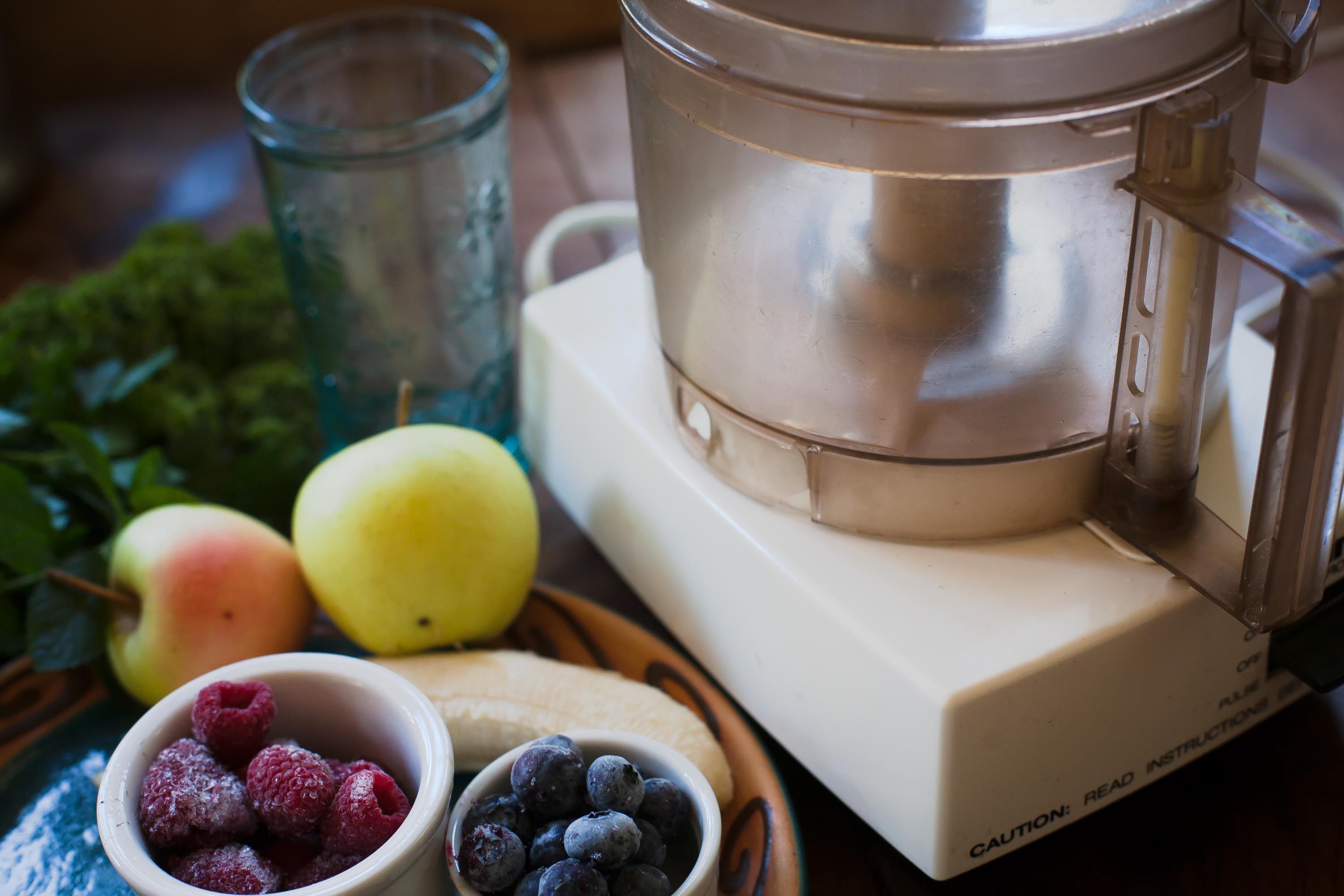

Articles
How To Make A Smoothie In A Food Processor
Modified: April 22, 2024
Looking for articles on how to make a smoothie in a food processor? Discover easy and delicious smoothie recipes for your food processor right here!
(Many of the links in this article redirect to a specific reviewed product. Your purchase of these products through affiliate links helps to generate commission for Storables.com, at no extra cost. Learn more)
Introduction
Smoothies are a delicious and nutritious way to start your day or refuel after a workout. Made with a variety of fruits, vegetables, and other wholesome ingredients, they provide a quick and easy way to pack in essential vitamins, minerals, and antioxidants. While many people think that making a smoothie requires a high-powered blender, you can actually achieve excellent results using a food processor.
In this article, we’ll guide you through the process of making a smoothie using a food processor. From choosing the right ingredients to blending and serving, we’ll cover all the steps to ensure a smooth and delicious result. So, dust off your food processor and get ready to whip up some refreshing and nutritious smoothies!
Key Takeaways:
- Enjoy a convenient and nutritious smoothie-making experience with your food processor. Experiment with fresh ingredients, adjust the consistency, and savor your customized, flavorful creations for a boost of health and wellness.
- Embrace the versatility of smoothies as a delicious breakfast, snack, or meal replacement. Let your creativity shine by blending a variety of fruits, vegetables, and additional ingredients to craft vibrant and nutrient-packed concoctions.
Read more: What To Make In Food Processor
Choosing the right ingredients
When it comes to making a smoothie, the key is to use fresh and high-quality ingredients. Here are some tips for choosing the right ingredients for your smoothie:
- Fruits: Opt for ripe fruits that are full of flavor and sweetness. Bananas, berries, mangoes, and pineapples are popular choices for smoothies. You can use fresh or frozen fruits, depending on your preference and availability.
- Vegetables: Don’t be afraid to add a handful of greens to your smoothie. Spinach, kale, and cucumber are excellent choices that bring added nutrients without overpowering the taste. You can also experiment with carrots, beets, or celery for a unique twist.
- Liquid base: Choose a liquid base that will help blend the ingredients smoothly. Water, coconut water, almond milk, or dairy milk are commonly used options. You can also use yogurt or kefir for added creaminess and probiotics.
- Sweeteners: If you prefer a sweeter smoothie, consider adding natural sweeteners like honey, maple syrup, or a few dates. Be mindful of the sweetness of your fruits, as some may not require any additional sweeteners.
- Add-ons: Boost the nutritional value of your smoothie by including add-ons like chia seeds, flaxseeds, protein powder, or nut butter. These ingredients add a dose of healthy fats, fiber, and other essential nutrients.
Remember, the beauty of making smoothies is that you can customize the ingredients to your liking and dietary preferences. So feel free to get creative and try out different combinations until you find your favorite flavors!
Preparing the fruits and vegetables
Before you start blending your smoothie, it’s essential to properly prepare the fruits and vegetables to ensure a smooth and consistent texture. Follow these steps:
- Wash and chop: Rinse your fruits and vegetables under cold water to remove any dirt or debris. Peel and chop them into smaller pieces for easier blending. If you’re using leafy greens like spinach or kale, remove any tough stems.
- Frozen fruits: If you’re using frozen fruits, there’s no need to thaw them beforehand. Just add them directly to the food processor. Frozen fruits not only add a refreshing chill to your smoothie but also eliminate the need for additional ice cubes.
- Seed removal: For fruits like berries or pomegranates, you may need to remove any seeds or pits before blending. This step is crucial to avoid any unwanted gritty texture in your smoothie.
- Fruit and vegetable combinations: Experiment with different combinations of fruits and vegetables to create unique flavors and maximize nutritional benefits. For example, a classic combination is banana and strawberry, while a green smoothie can include spinach, pineapple, and cucumber.
By taking the time to properly prepare your fruits and vegetables, you will ensure a smoother blend and a more enjoyable drinking experience.
Adding the liquid base
Once you have prepared your fruits and vegetables, it’s time to add the liquid base to your smoothie. The liquid base helps to create a smooth texture and allows for easier blending. Here are some options for your liquid base:
- Water: Water is a simple and calorie-free option for your smoothie. It provides hydration and helps thin out the mixture for easier blending.
- Coconut water: For a tropical twist, you can use coconut water as the liquid base. It adds a hint of natural sweetness and brings electrolytes to the mix.
- Almond milk: Almond milk is a popular choice for smoothies as it adds a subtle nutty flavor and creamy texture. You can opt for store-bought almond milk or make your own at home.
- Dairy milk: If you prefer a creamier consistency, dairy milk can be used as the liquid base. Whether it’s skim milk, whole milk, or a plant-based alternative like soy milk, it adds richness to your smoothie.
- Yogurt or kefir: For an extra creamy and tangy smoothie, you can use yogurt or kefir as the liquid base. They also add probiotics, which support gut health.
When adding the liquid base, start with a small amount and gradually increase it as needed. This will help you achieve the desired consistency without making the smoothie too runny. It’s important to remember that the liquid base can affect the taste of your smoothie, so choose one that complements the flavors of the other ingredients.
Once you have added the liquid base, you can proceed to the next step of adding additional ingredients to enhance the flavor and nutritional content of your smoothie.
Adding the additional ingredients
Now that you have your fruits, vegetables, and liquid base in the food processor, it’s time to take your smoothie to the next level by adding additional ingredients. These ingredients can enhance the flavor, texture, and nutritional value of your smoothie. Here are some popular choices:
- Protein powder: If you want to boost the protein content of your smoothie, consider adding a scoop of protein powder. There are various options available, such as whey protein, plant-based protein, or collagen peptides.
- Nut butter: To add creaminess and a dose of healthy fats, you can include a tablespoon of nut butter in your smoothie. Options like almond butter, peanut butter, or cashew butter work well and contribute to a richer flavor.
- Seeds: Chia seeds, flaxseeds, and hemp seeds are excellent additions to your smoothie. They provide fiber, omega-3 fatty acids, and minerals. However, it’s important to blend them well to avoid any gritty texture.
- Cacao powder or nibs: If you’re craving a chocolatey smoothie, consider adding cacao powder or cacao nibs. These superfoods not only add a rich chocolate flavor but also provide antioxidants and minerals.
- Spices: Add a touch of warmth and flavor by incorporating spices. Cinnamon, ginger, turmeric, or vanilla extract can elevate the taste profile of your smoothie and offer potential health benefits.
Remember to adjust the quantities of these additional ingredients based on your personal preference and dietary needs. You can also experiment with different combinations to find the perfect balance of flavors.
Once you have added the additional ingredients, you’re ready to blend your smoothie to achieve a smooth and well-incorporated mixture.
To make a smoothie in a food processor, start by adding your liquid base, followed by soft fruits and vegetables, then harder ingredients like ice or frozen fruit. Blend until smooth, and enjoy!
Read more: How To Make Butter With Food Processor
Blending the smoothie
With all your ingredients added to the food processor, it’s time to blend them together to create a smooth and creamy smoothie. Follow these steps to ensure a well-blended mixture:
- Secure the lid: Before turning on the food processor, make sure the lid is securely in place. This will prevent any potential mess or spills.
- Start on low speed: Begin the blending process by starting the food processor on a low speed setting. This allows the ingredients to start breaking down gradually.
- Increase speed: Gradually increase the speed of the food processor to ensure that all the ingredients are thoroughly blended. You may need to stop and scrape down the sides of the bowl with a spatula occasionally to ensure even blending.
- Blend until smooth: Continue blending until the smoothie reaches your desired consistency. This usually takes between 1 to 2 minutes, but it can vary depending on the ingredients and the power of your food processor.
It’s important to note that every food processor is different, so you may need to adjust the blending time and speed based on your specific appliance. Keep an eye on the smoothie as it blends to ensure that it reaches a smooth and uniform texture.
Once the smoothie is well-blended, you can move on to the next step of adjusting the consistency, if necessary.
Adjusting the consistency
After blending your smoothie, you may find that the consistency is not exactly how you like it. Don’t worry! You can easily adjust the consistency to your preference by following these tips:
- Thickening: If your smoothie is too thin, you can add a few ice cubes or frozen fruits to thicken it. Alternatively, you can incorporate ingredients like avocado or frozen banana slices, which offer a creamy texture and help thicken the smoothie.
- Thinning: On the other hand, if your smoothie is too thick, you can add more liquid, such as water, milk, or juice, to thin it out. Gradually add small amounts of liquid until you achieve your desired consistency.
- Sweetening: If the smoothie is not sweet enough for your taste, you can add more fruits or a natural sweetener like honey or maple syrup. Taste test and adjust the sweetener accordingly to achieve the desired level of sweetness.
- Bulking up: Sometimes, you may want to make a more substantial smoothie. In this case, you can add a scoop of oats, a spoonful of nut butter, or a scoop of protein powder to add more substance and satiety to your smoothie.
By making these simple adjustments, you can transform your smoothie into the perfect consistency that suits your preferences. Remember, the consistency of the smoothie is a personal preference, so feel free to experiment and find what works best for you.
Serving and enjoying your smoothie
Once you have achieved the desired consistency of your smoothie, it’s time to serve and enjoy your delicious creation. Here are some steps to follow:
- Pour into a glass: Carefully pour the smoothie into a glass or a jar, leaving some space at the top for any additional toppings or garnishes.
- Add toppings: If desired, you can add some toppings to enhance the presentation and texture of your smoothie. Popular options include a sprinkle of chia seeds, granola, shredded coconut, or a drizzle of honey on top.
- Garnish: For additional visual appeal, consider garnishing your smoothie with a slice of fruit, a sprig of mint, or a dusting of cinnamon. This adds a finishing touch to your creation.
- Enjoy immediately: Smoothies are best enjoyed fresh and are packed with nutrients. Drink your smoothie immediately after preparing it to fully enjoy the flavors and textures.
Remember to clean your food processor and any utensils used in the process promptly for easy maintenance and future use.
Smoothies are not only a great option for breakfast or post-workout fuel but also make for a refreshing and healthy snack any time of the day. Feel free to experiment with different combinations of fruits, vegetables, and additional ingredients to find your favorite flavors and nutritional boosts.
So, grab your smoothie, find a comfortable spot, and savor every sip of your homemade creation!
Conclusion
Making a smoothie in a food processor is a simple and convenient way to enjoy a healthy and delicious drink. By following the steps outlined in this article, you can create smoothies that are packed with nutrients, bursting with flavor, and tailored to your preferences.
Remember to choose fresh and high-quality ingredients, prepare them properly, and add a liquid base that complements the flavors. Don’t hesitate to experiment with additional ingredients to enhance the taste and nutritional value of your smoothie.
Blending the smoothie in a food processor ensures a smooth and consistent texture, and you can adjust the consistency to your liking by adding more ice, liquid, or thickening agents like fruits or nut butter. Once blended to perfection, serve your smoothie in a glass, add toppings or garnishes if desired, and enjoy it immediately for the freshest flavors.
Smoothies are versatile beverages that can be enjoyed for breakfast, as a snack, or even as a meal replacement. They provide a convenient way to incorporate a variety of fruits, vegetables, and other wholesome ingredients into your diet, boosting your nutrient intake and supporting your overall well-being.
So, next time you’re in the mood for a refreshing and nutritious drink, reach for your food processor and whip up a flavorful smoothie. Whether you prefer a tropical fruit blend, a green detox concoction, or a protein-packed post-workout refuel, the possibilities are endless.
Embrace your creativity, experiment with different combinations, and enjoy the vibrant and flavorful world of homemade smoothies. Cheers to health and wellness!
Frequently Asked Questions about How To Make A Smoothie In A Food Processor
Was this page helpful?
At Storables.com, we guarantee accurate and reliable information. Our content, validated by Expert Board Contributors, is crafted following stringent Editorial Policies. We're committed to providing you with well-researched, expert-backed insights for all your informational needs.
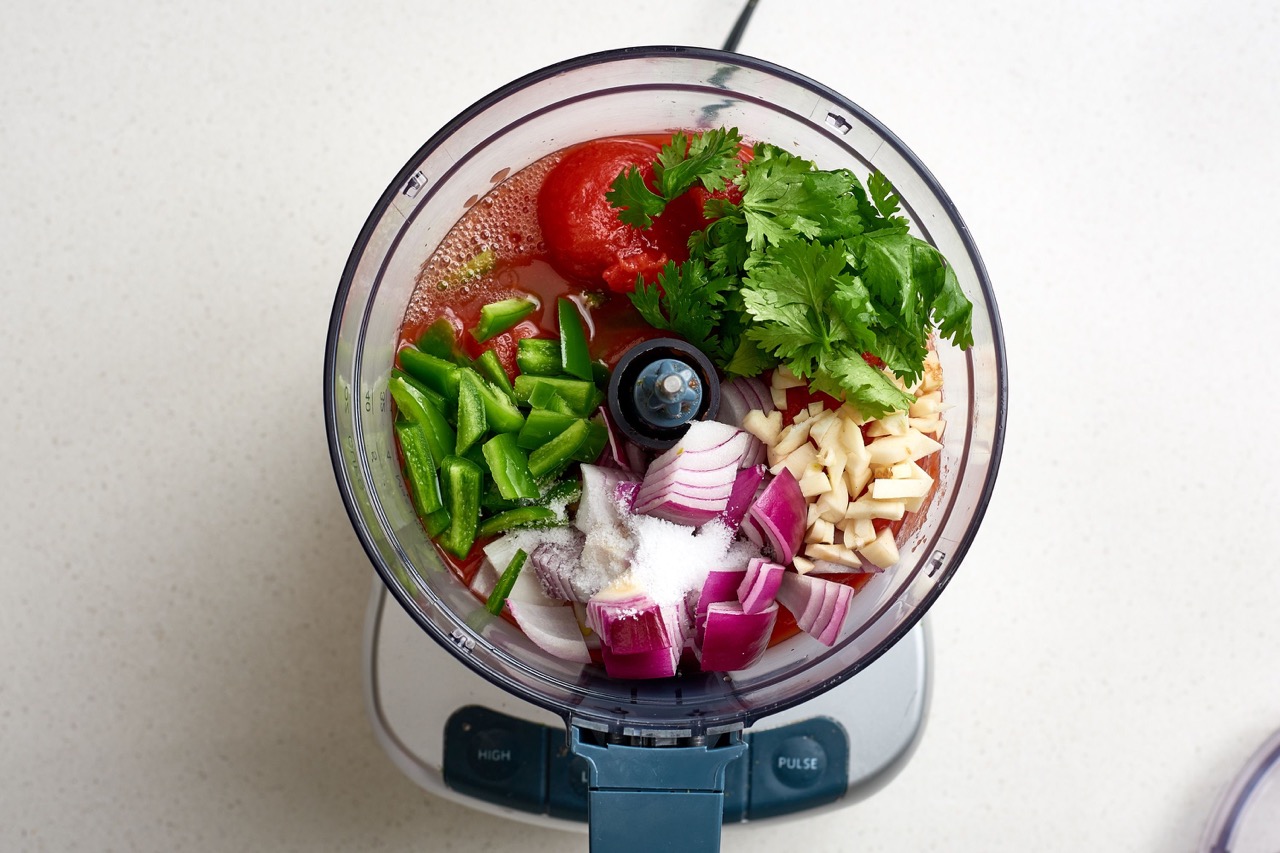
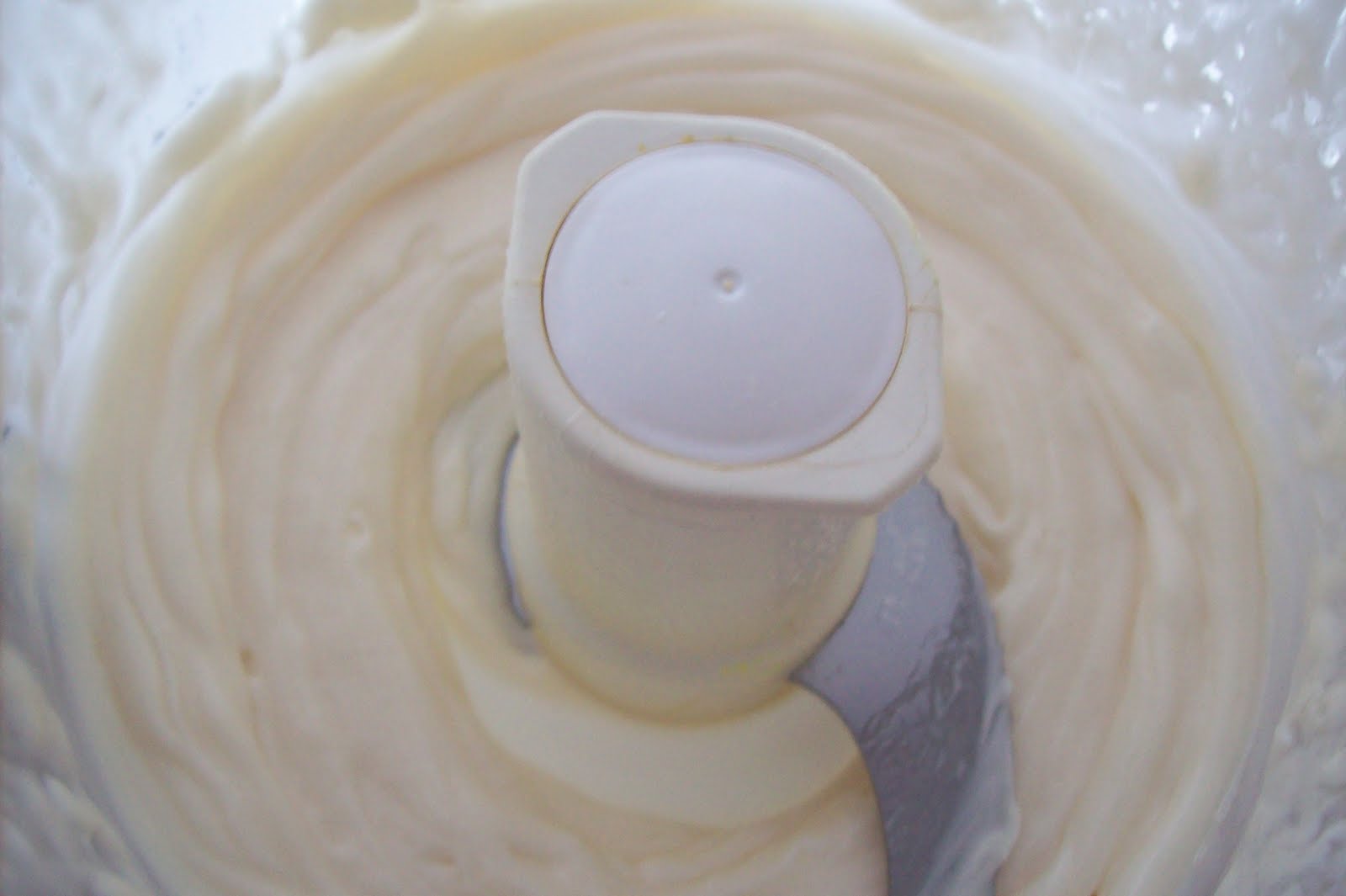

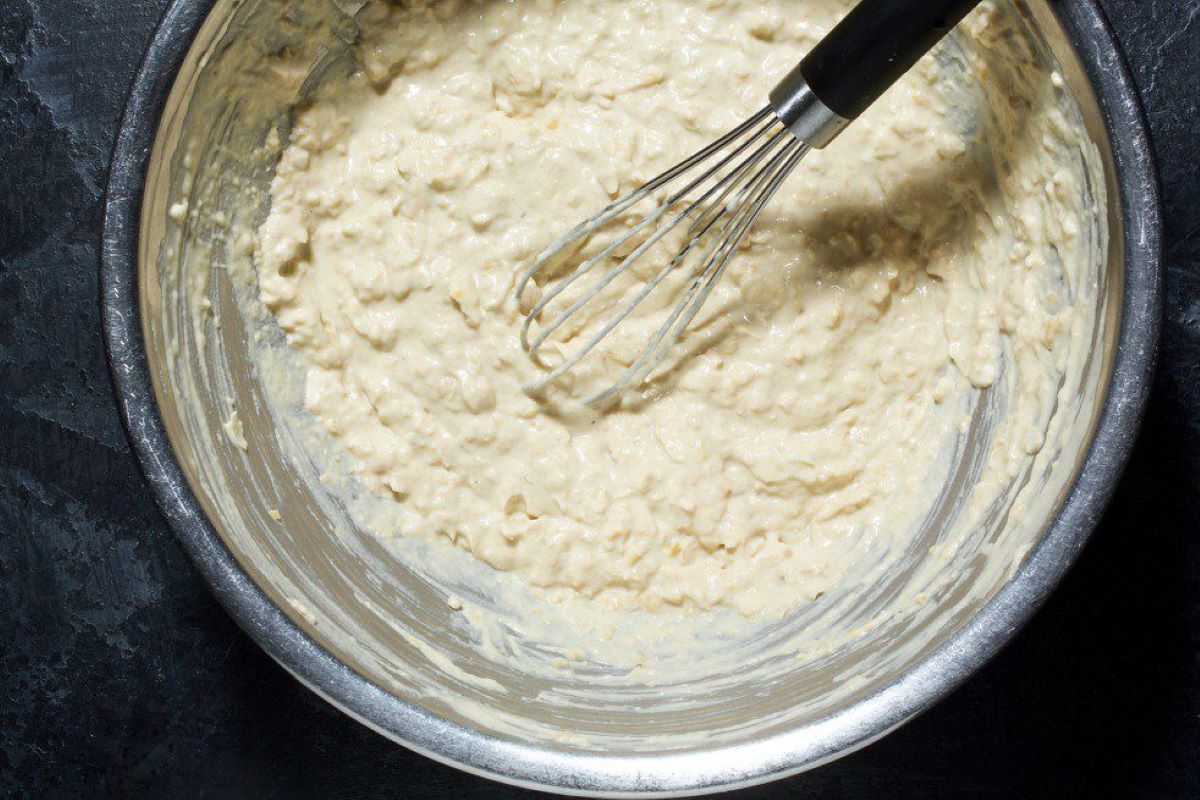
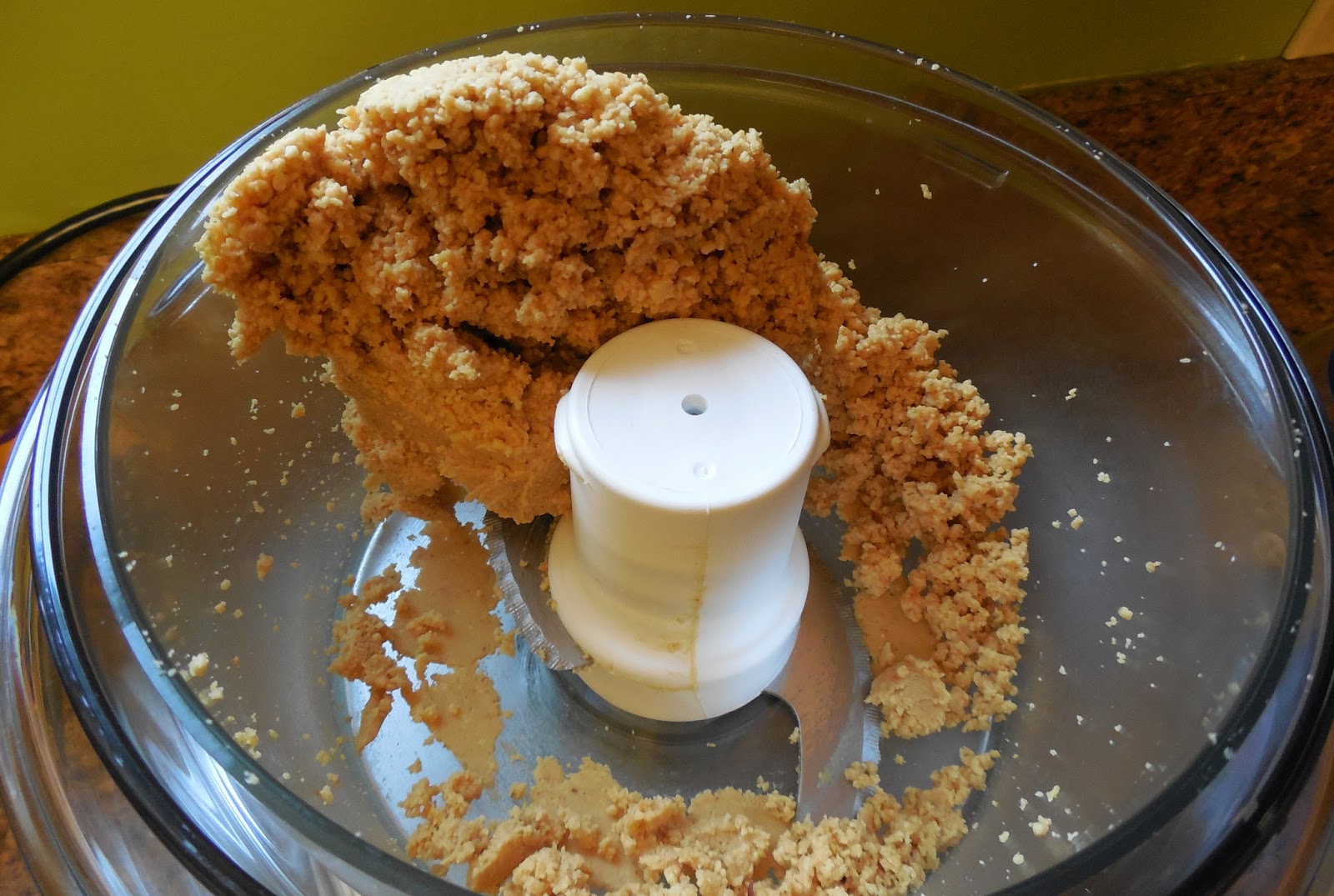
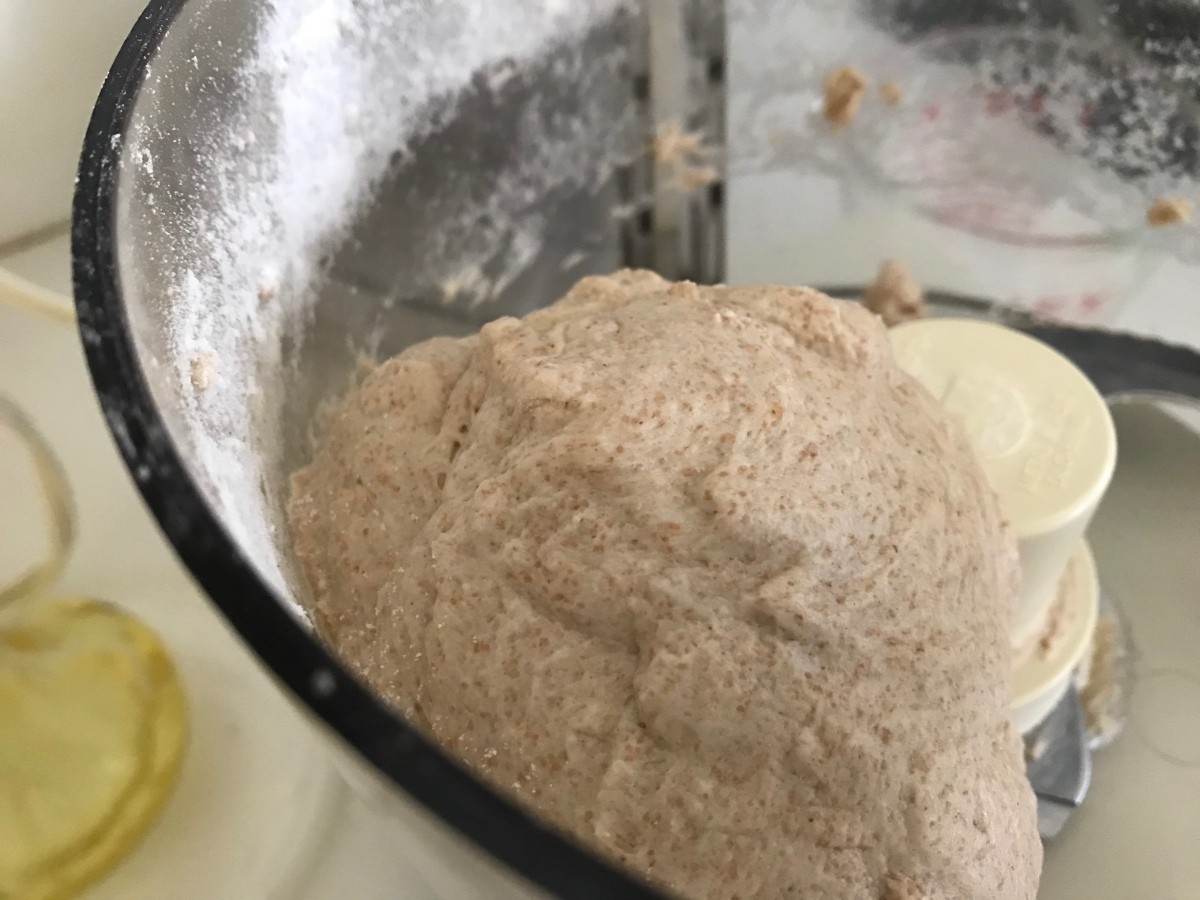
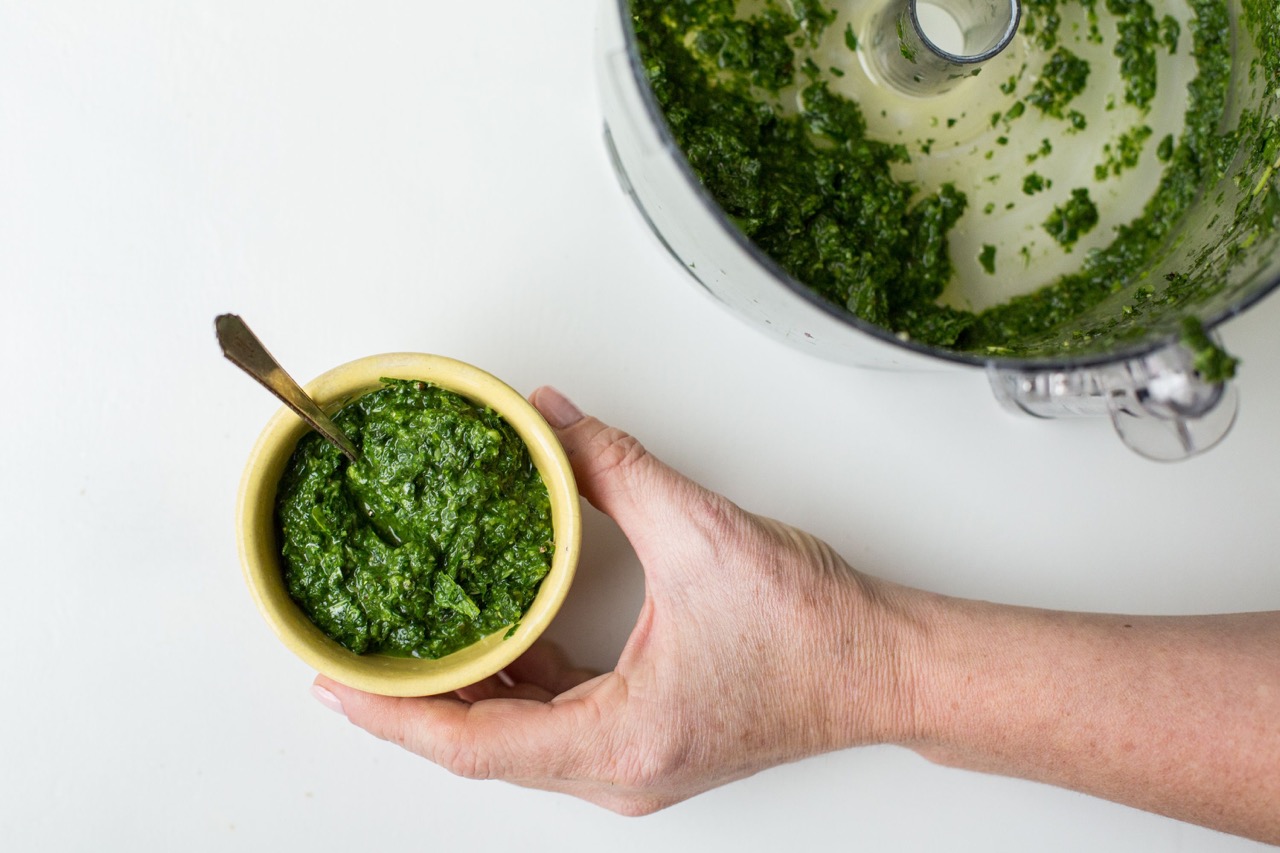
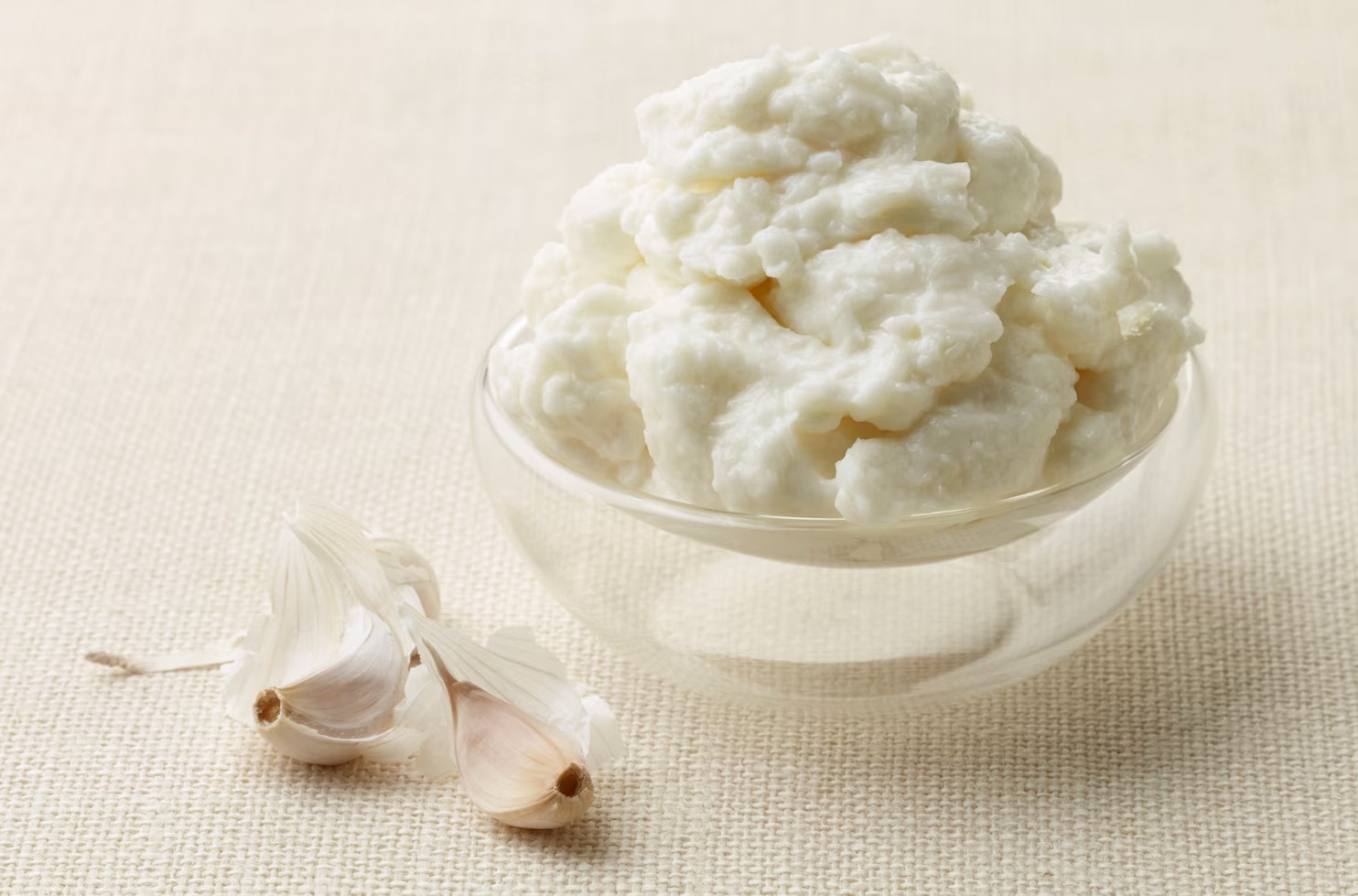
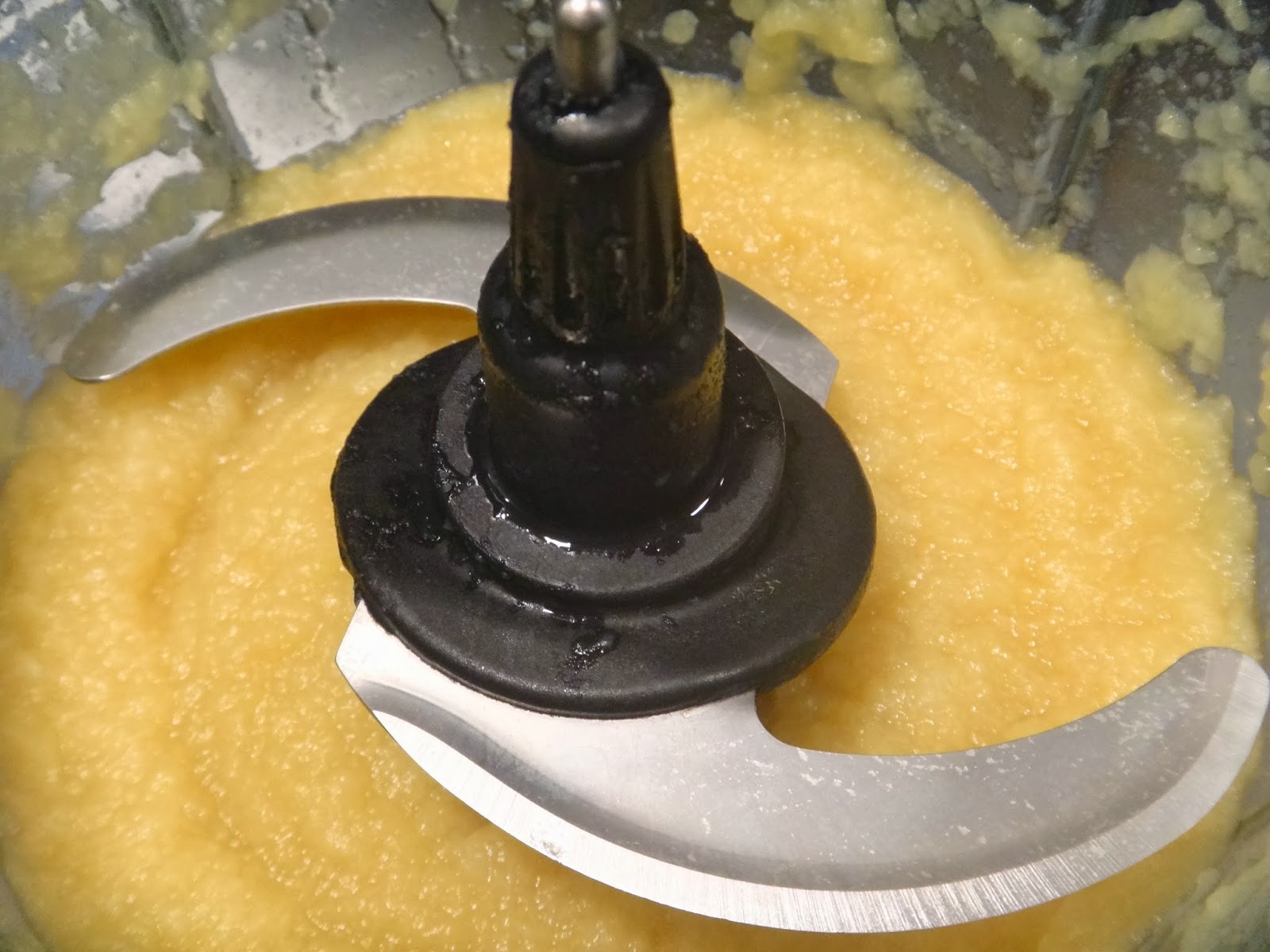
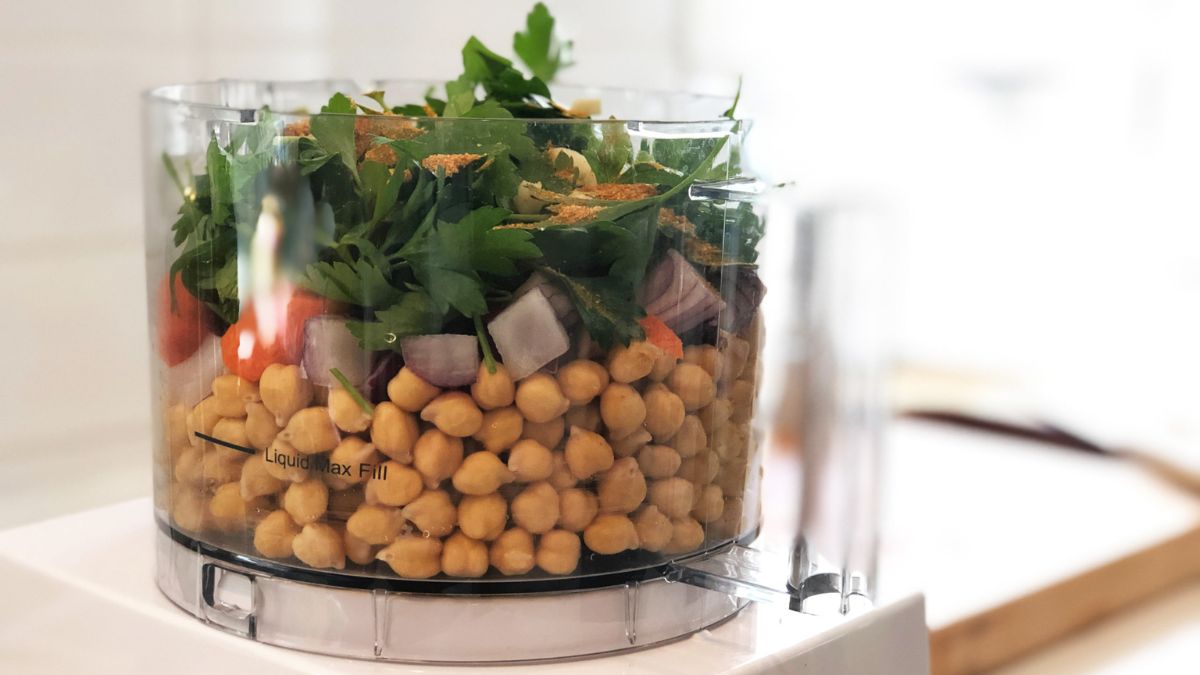

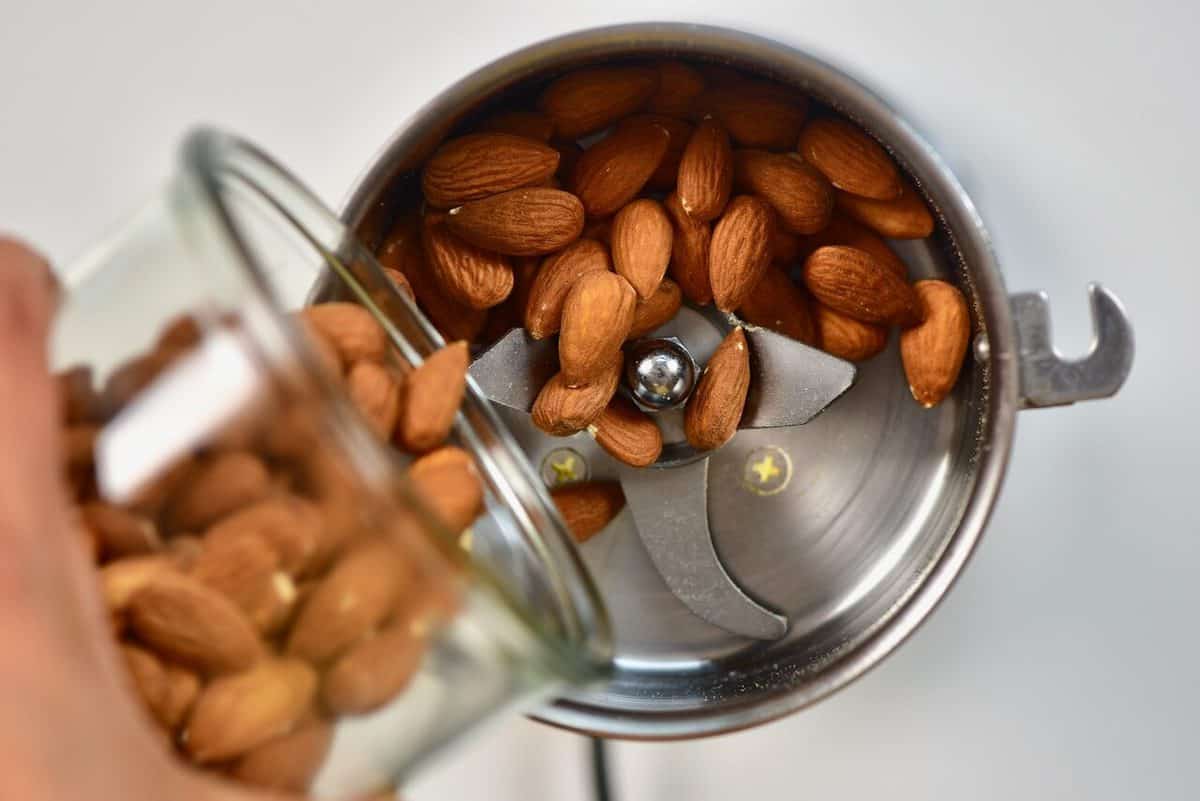
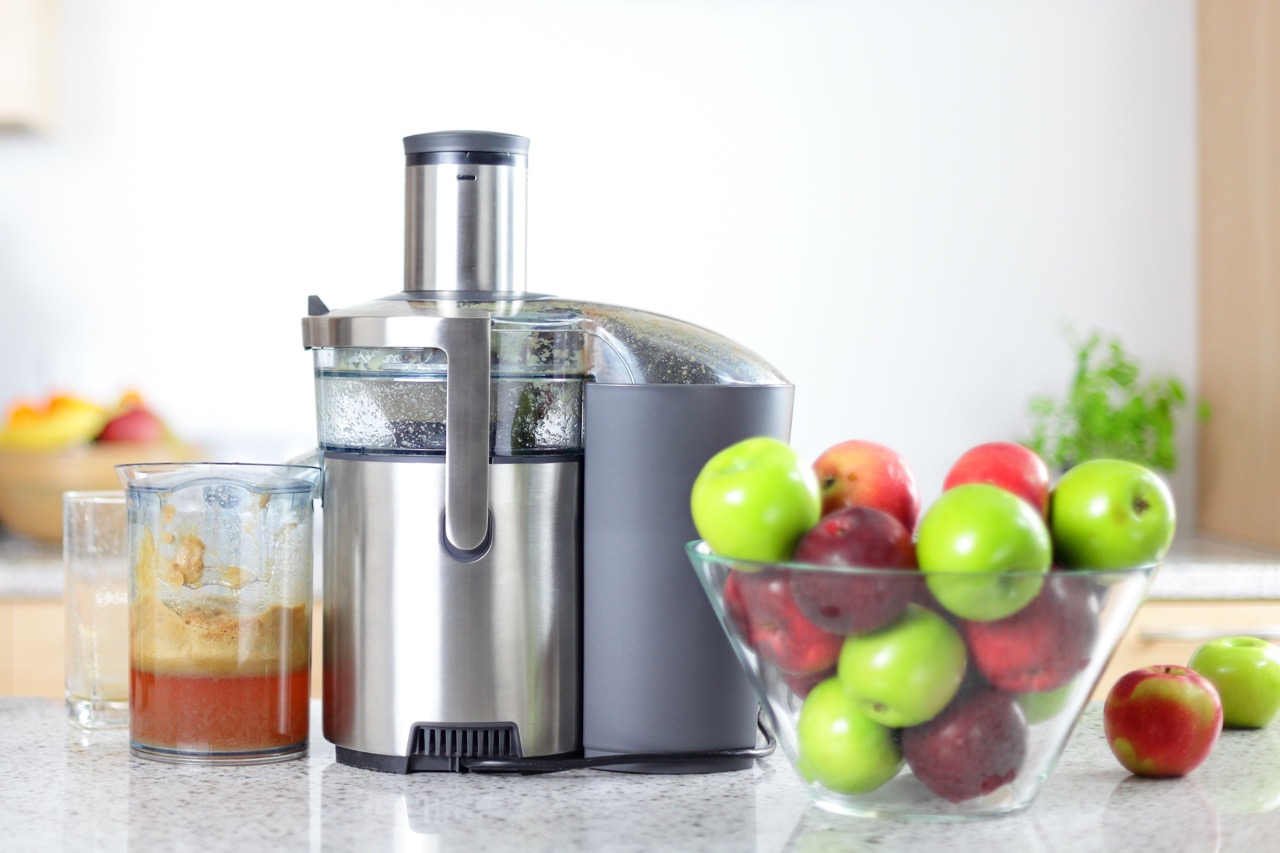
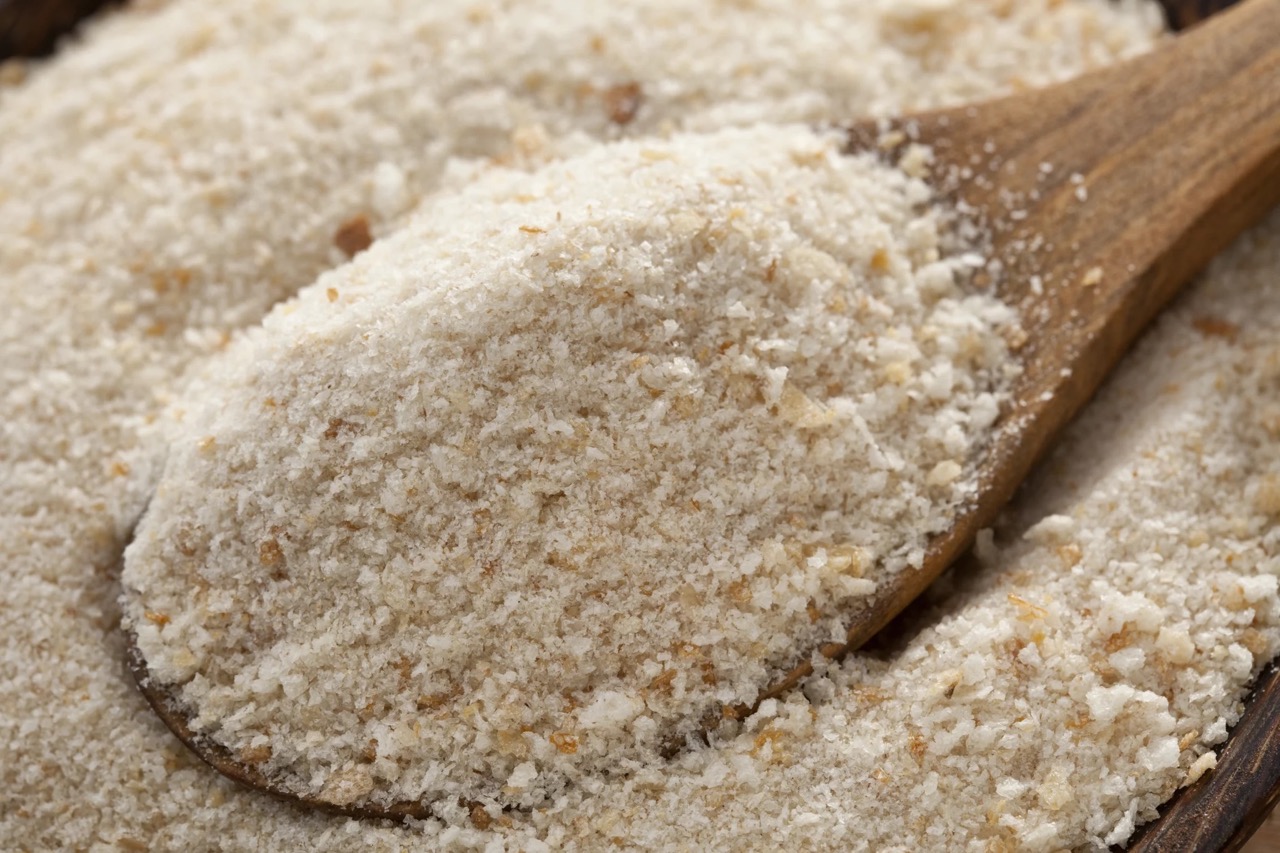

0 thoughts on “How To Make A Smoothie In A Food Processor”